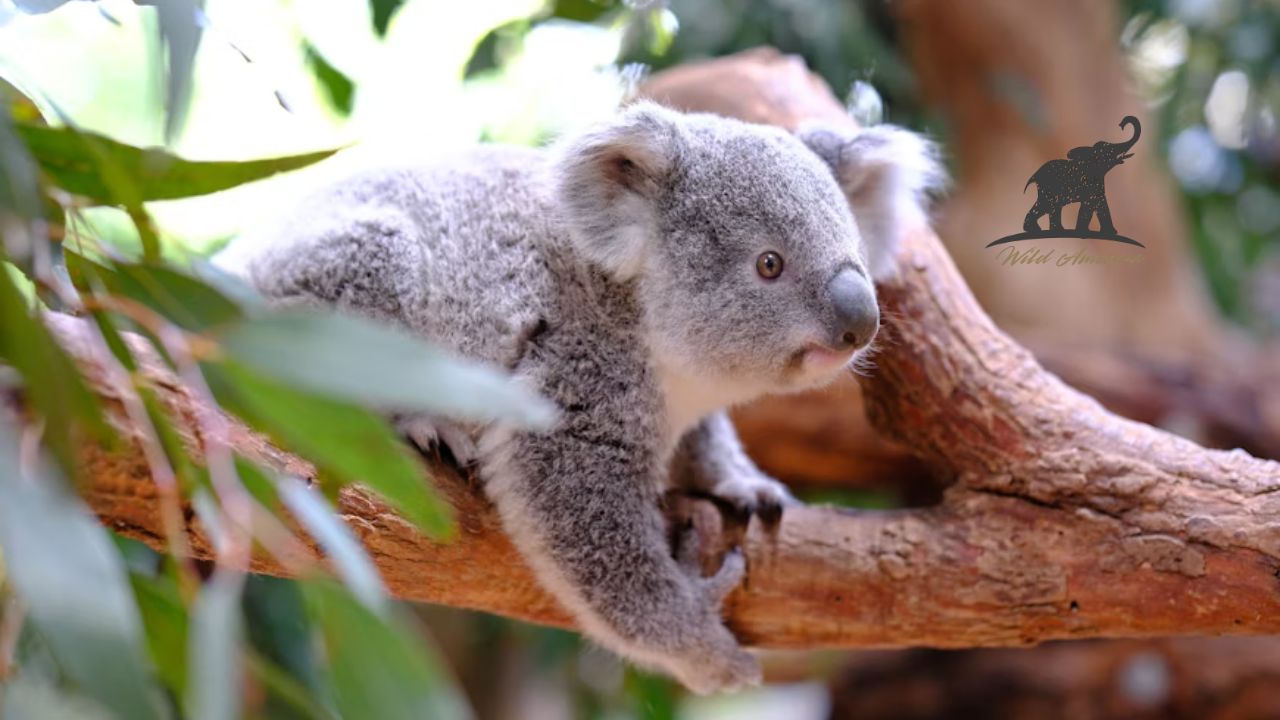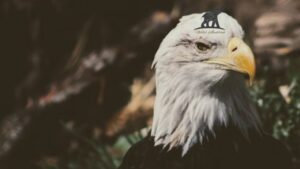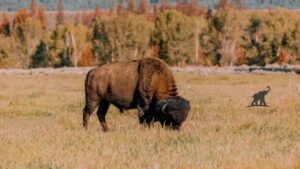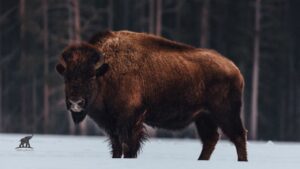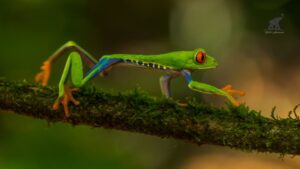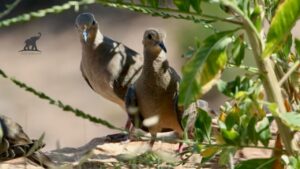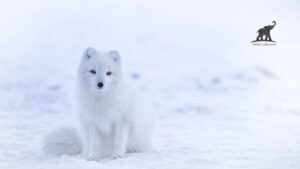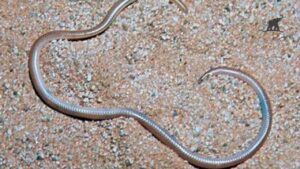The baby koala is one of nature’s most endearing creatures, capturing hearts worldwide with its fluffy appearance and unique behaviors. These tiny marsupials, officially called joeys, face incredible challenges from birth that make their survival story absolutely remarkable. From their microscopic beginnings to their adorable clinging habits, baby koalas represent one of the most fascinating examples of mammalian development in the animal kingdom.
Quick Facts About Baby Koalas
| Characteristic | Details |
| Official Name | Joey |
| Birth Size | 2 centimeters (0.8 inches) |
| Birth Weight | Less than 1 gram |
| Time in Pouch | 6-7 months |
| Weaning Age | 10-12 months |
| Diet | Mother’s milk, then pap, finally eucalyptus |
| Adult Weight | 4-15 kg (9-33 lbs) |
| Lifespan | 12-18 years in wild |
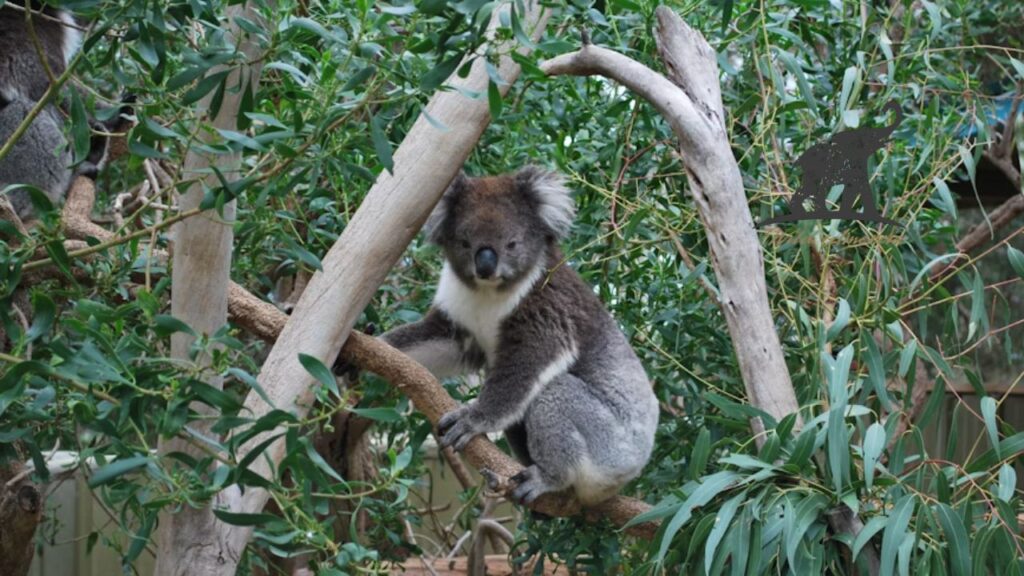
What Makes Baby Koalas So Special?
The Incredible Journey Begins
A baby koala starts life smaller than a jellybean! Can you imagine something that tiny eventually growing into the cuddly creatures we see climbing eucalyptus trees? These remarkable joeys are born after just 35 days of pregnancy. They’re completely hairless, blind, and deaf. Yet somehow, they instinctively crawl into their mother’s pouch using their strong front claws.
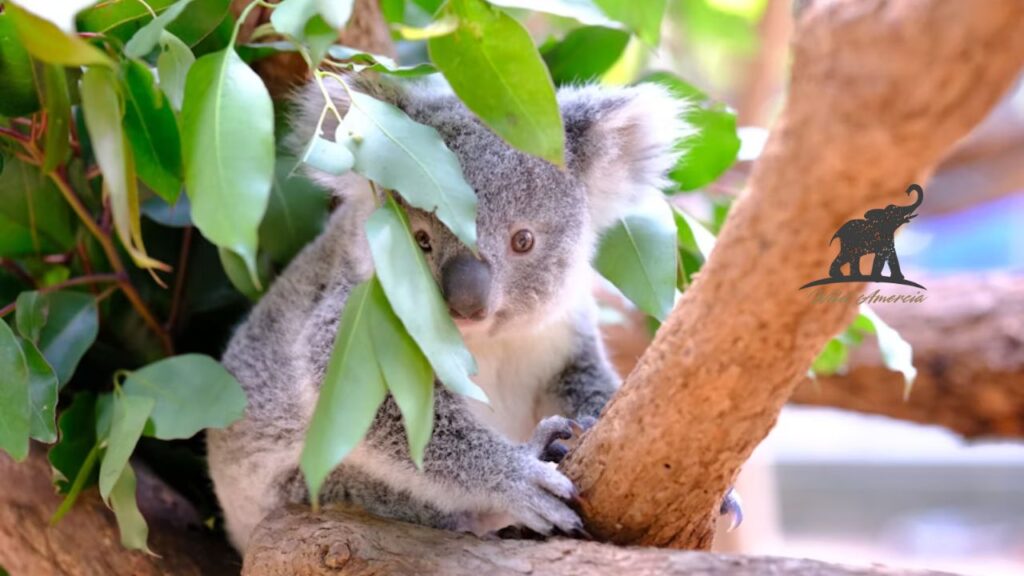
Life Inside the Pouch
The baby koala spends approximately six to seven months developing inside its mother’s warm, protective pouch. During this time, the joey attaches to one of two teats and doesn’t let go. This period is absolutely crucial for survival. The mother’s milk provides all necessary nutrients for rapid growth and development.
The Unique Diet of Baby Koalas
Why Do Baby Koalas Eat Their Mom’s Poop?
Here’s where things get really interesting! Baby koalas engage in a behavior called coprophagia – eating their mother’s feces. Before you say “eww,” understand this is actually brilliant biology.
The special feces, called “pap,” contain:
- Essential gut bacteria
- Partially digested eucalyptus leaves
- Microorganisms needed for digestion
- Proteins and nutrients
This baby koala behavior helps them develop the ability to digest eucalyptus leaves, which are toxic to most other animals.
Transitioning to Solid Food
Around 6-8 months, baby koalas begin transitioning from milk to solid food. They start by consuming pap, then gradually move to tender eucalyptus shoots. Young joeys are incredibly picky eaters, just like human children! They’ll taste different eucalyptus species before settling on their preferences.
Physical Development and Behavior
Size and Growth Patterns
A newborn baby koala weighs less than a paperclip! By comparison, when they’re ready to leave the pouch, they’ve grown to about 500 grams.
The transformation is absolutely mind-blowing:
- Birth: 2 cm long, less than 1 gram
- 3 months: Eyes and ears open
- 6 months: Fully furred, 200-300 grams
- 12 months: Independent, 500-1000 grams
The Clinging Champions
Baby koalas are nature’s ultimate clingers! They spend their first year constantly attached to their mothers, either in the pouch or riding piggyback. Their grip strength is phenomenal. Even while sleeping, joeys maintain their hold using specially adapted claws and strong muscles.
The Challenges Baby Koalas Face
Environmental Threats
Unfortunately, baby koalas face numerous challenges in today’s world:
- Habitat loss: Urban development destroys eucalyptus forests
- Climate change: Affects eucalyptus leaf nutrition
- Vehicle strikes: Major cause of joey deaths
- Dog attacks: Domestic pets pose significant risks
- Disease: Chlamydia affects many populations
Natural Predators
In the wild, baby koalas must avoid various predators including:
- Large pythons
- Powerful owls
- Goannas (monitor lizards)
- Dingoes and wild dogs
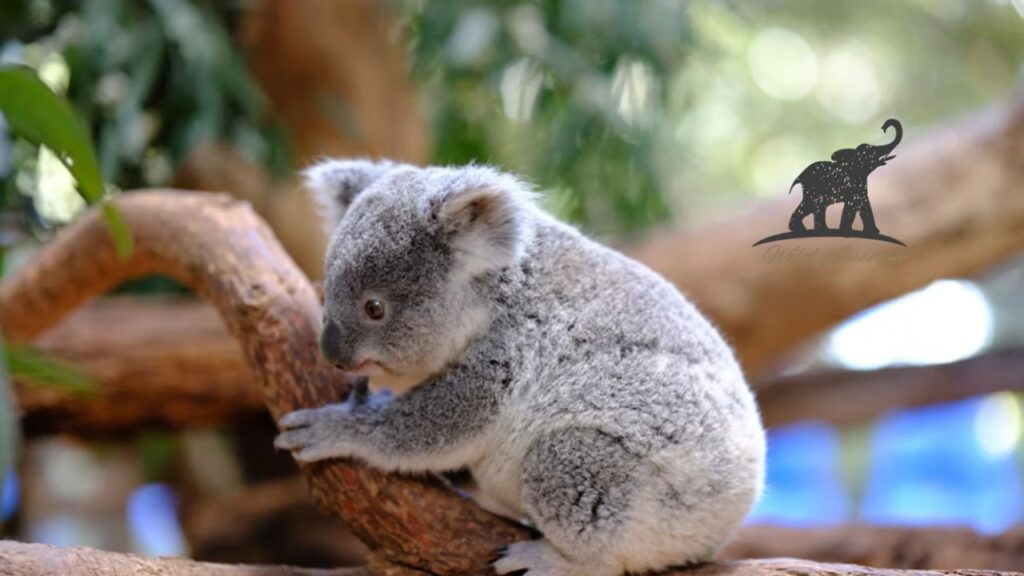
Mothers are incredibly protective, using their sharp claws to defend their precious joeys.
Baby Koala Products and Cultural Impact
The Koala Baby Brand
The term “koala baby” has inspired numerous product lines. Parents worldwide choose koala-themed items for their children, from clothing to changing stations.
Popular baby koala inspired products include:
- Koala baby clothes and onesies
- Koala baby changing stations
- Stuffed animals and toys
- Baby blankets and bedding
- Costume outfits
Photography and Social Media
Baby koala photos consistently rank among the most shared wildlife images online. Their irresistible cuteness factor makes them perfect subjects for:
- Wildlife photography
- Conservation awareness campaigns
- Educational materials
- Social media content
- Children’s books and media
Conservation Efforts for Baby Koalas
Rescue and Rehabilitation
Many organizations dedicate themselves to helping baby koalas survive and thrive. These heroes work tirelessly to:
- Rescue orphaned joeys
- Provide specialized care
- Hand-rear babies who’ve lost mothers
- Release healthy koalas back to wild
- Educate communities about conservation
Success Stories
Wildlife hospitals across Australia report heartwarming baby koala success stories. Orphaned joeys, once near death, grow into healthy adults thanks to dedicated care. These stories inspire hope and demonstrate the importance of conservation efforts.
Frequently Asked Questions
What is a baby koala called?
A baby koala is called a joey, just like baby kangaroos and other marsupials. This term comes from an Aboriginal word meaning “small animal.”
How long do baby koalas stay with their mothers?
Baby koalas remain dependent on their mothers for 10-12 months. They spend 6-7 months in the pouch, then several more months riding on mom’s back.
Do baby koalas really eat their mother’s poop?
Yes! Baby koalas eat special feces called “pap” that contains essential bacteria needed to digest eucalyptus leaves. It’s completely normal and necessary behavior.
How big are baby koalas when born?
Newborn baby koalas are incredibly tiny – only about 2 centimeters long and weighing less than 1 gram. They’re smaller than most coins!
What do baby koalas eat besides milk?
After milk, baby koalas eat pap (mother’s special feces), then gradually transition to tender eucalyptus leaves. They’re very selective about which eucalyptus species they’ll eat.
Can you keep a baby koala as a pet?
No, baby koalas cannot and should not be kept as pets. They’re protected wildlife with very specific dietary and care needs. Only licensed wildlife carers can legally care for them.
How many babies do koalas have at once?
Koalas typically have only one baby koala at a time. Twins are extremely rare. Mothers invest tremendous energy in raising each joey properly.
Final Thoughts
The world of baby koalas continues to amaze researchers and wildlife enthusiasts alike. These incredible creatures remind us of nature’s resilience and the importance of protecting our precious ecosystems for future generations to enjoy.
Admin Recommendation
Cottonmouth Snakes in North Carolina (NC): Key Facts
The Fascinating World of Arctic Fox Fur
Experience the Majesty of Elk and Bison Prairie, KY
Cottonmouth Snakes in North Carolina (NC): Key Facts
Bald Eagle Spiritual Meaning: A Guide to Symbolism and Significance
The Appealing Charm of Ragdoll Kittens
Where to Find Arctic Fox Fur in AC Valhalla
The Barbados Threadsnake: Unveiling the World’s Smallest Snake
American Eskimo Dog: A Comprehensive Guide to This Charming Breed
Discovering Acadia National Park Wildlife
Spotted Salamanders: Nature’s Hidden Gems
Baby American Crocodile: Fascinating Facts About The Next Generation
The Fascinating World of the Albino Wild Turkey
American Bulldog puppies: Full of life, loveable and loyal
Baffin Polar Bear: A Journey into the Arctic’s White Majesty
NC Copperhead Snake: A Comprehensive Guide
Mojave Desert Rattlesnake—A Deadly Beauty of the Southwest
Mourning Dove Lifespan, Care, and Diet Guide
Arroyo Toad: A Guide to This Endangered Amphibian
Northern Leopard Frog: A Fascinating Amphibian
House Sparrow Fledglings:All You Need to Know
The Fascinating World of the Cave Salamander
Eastern Bluebird Spiritual Meaning: A Symbol of Hope and Happiness
When Goldfinches Transform: The Complete Guide to Goldfinch Molting
Hummingbirds Nest: Nature’s Tiny Masterpiece
The Complete Guide to Blue Jay Bird Eggs: Nature’s Stunning Sky-Blue Treasures
Discover the Amazing World of Northern Cardinal Eggs: A Complete Guide
Meet the Rare Albino Kangaroo: Nature’s Most Stunning White Wonder
The Adorable World of Cute Sloths
Ostrich Meat: The Red Meat That’s Better Than Beef
Snake Activity & Safety: Seasonal Patterns and Identification

